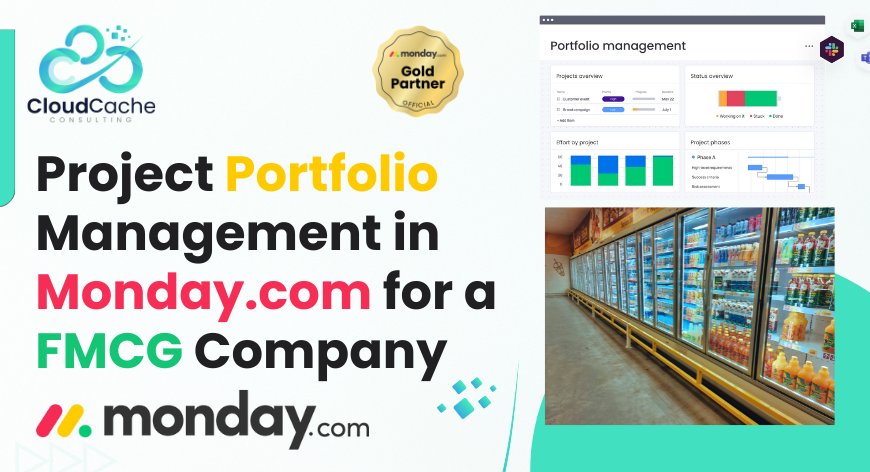
HubSpot Operations Hub Implementation for a Real Estate Company
A U.S. real estate firm modernized its CRM with a HubSpot Operations Hub implementation focused on schema alignment, automated deduplication, real-time property syncs, and programmable lead routing. Using custom middleware, webhooks, and HubSpot custom code actions, the project slashed manual work, sped up lead assignment, and raised data accuracy above 98%. The result: reliable forecasting, faster agent response, and teams freed to sell rather than scrub data.
HubSpot Operations Hub Implementation for a Real Estate
About The Company
Our client is a real estate company based in the U.S.A. They are managing commercial and residential portfolios. Their business depended on fast-moving leads from listing portals, paid ads, referral partners, and a busy website. As deals multiplied, so did data problems: duplicate contacts, mismatched property statuses, and long manual processes that slowed agents down. Seeking a cleaner, automated CRM backbone, they approached CloudCache Consulting to modernize their HubSpot setup and reduce operational friction.
Customer Challenges
The team faced these practical, everyday problems:
- Fragmented contact records and duplicate leads from Zillow, Realtor portals, Facebook Lead Ads, and on-site forms.
- Slow, manual lead triage: agents waited hours to receive qualified leads, causing missed opportunities.
- No reliable real-time sync between the property listing platform and HubSpot — property status changes weren’t reflected quickly.
- Reporting was unreliable because key fields were inconsistent across systems, making forecasting difficult.
- Sales and operations workflows were brittle; adding new rules required repetitive manual configuration.
Solutions
We started with a focused program: stabilize the data model, make integrations deterministic, then automate business logic. Implementation highlights below explain exactly what we built and how.
Discovery and schema mapping
- Conducted stakeholder workshops with sales, operations, and IT to map fields and processes.
- Produced a canonical data dictionary (contact, company, deal, and a custom Property object) to align naming, field types, and required validation rules.
Data remediation and deduplication
- Exported full CRM dataset and ran a staged cleanup: normalized field formats (phone, postal codes), standardized address components, and removed legacy fields.
- Implemented HubSpot deduplication rules plus a custom dedupe script (Node.js) that used HubSpot API calls to identify fuzzy matches and merge records safely during off-peak hours.
- Layered in Data Quality Automation to apply ongoing normalization: capitalization, phone formatting, and email verification via an external validation API.
bidirectional data sync
- Replaced fragile point-to-point connectors with a controlled sync architecture. For critical systems (listing platform, marketing ads, property management), we used HubSpot Data Sync for supported apps and built custom middleware where needed.
- Middleware: lightweight AWS Lambda functions (Python) acted as transform/validation layers. They enforced schema rules, normalized payloads, and handled conflict resolution before writing to HubSpot via its REST API.
- For property status changes, we set up webhook listeners from the listing system that pushed status updates to HubSpot in real time, preventing stale listings from being shown to agents.
Automation and intelligent lead routing
- Built HubSpot custom code actions (JavaScript) within programmable workflows to perform complex lead scoring and agent assignment logic. Rules considered geography (geo-fencing), property value bracket, lead source trust score, and recent engagement signals.
- When thresholds were met, the code action updated ownership, created follow-up tasks, and triggered Slack notifications to assigned agents, reducing handoffs.
Custom objects and schema alignment
- Implemented a HubSpot Property custom object to represent listings with fields for MLS ID, status, region, list price, and owner agent. This object is linked to contacts and deals with full traceability.
- Created enrichment workflows that populated missing property attributes from the listing feed, ensuring reports had complete dimensions.
Reporting, forecasting
- Developed modular custom reports and dashboards: lead velocity, agent response times, property lifecycle, and weighted revenue forecasts.
- Set up scheduled exports and a cadence for weekly ops review so the business could act on pipeline anomalies fast.
Throughout, we used Git for code, CI to validate deployments, and a sandbox-to-production deployment plan to eliminate downtime.
Results
Within few weeks of go-live the client saw measurable improvements:
- Manual data clean-up time reduced by 80%. The operations team reclaimed full days per week.
- Lead-to-agent assignment time dropped from hours to under 10 minutes on average.
- Property status accuracy reached >98% because of real-time webhooks and middleware validations.
- Forecast reliability improved: leadership could trust pipeline numbers and run prescriptive marketing spends.
- Agents reported higher confidence in lead quality and faster conversion cycles.
Equally important: teams shifted from firefighting data issues to focusing on client conversations and closing deals.
Technology and Tools Used:
HubSpot Operations Hub
Final Words
This project was a practical exercise in making systems behave predictably under real-world conditions — not just adding automations for automation’s sake. By aligning schema, enforcing data quality, and applying programmable workflows that reflect how people actually work, we built a HubSpot Operations Hub implementation that sustained improvement after launch. CloudCache Consulting partnered closely with the client through training, runbooks, and a stabilization window to ensure the solutions stuck. Check out clients' reviews on Upwork.





